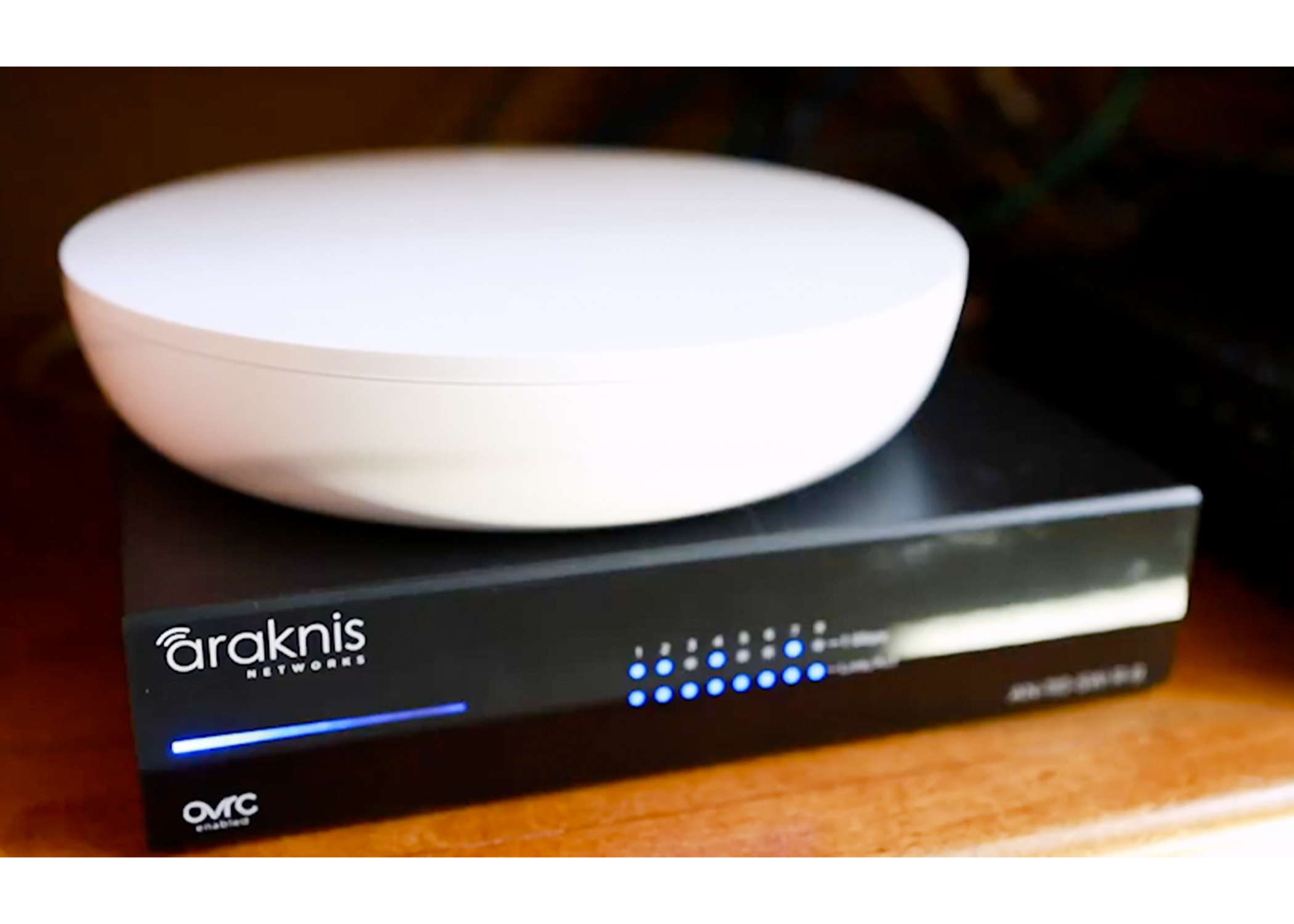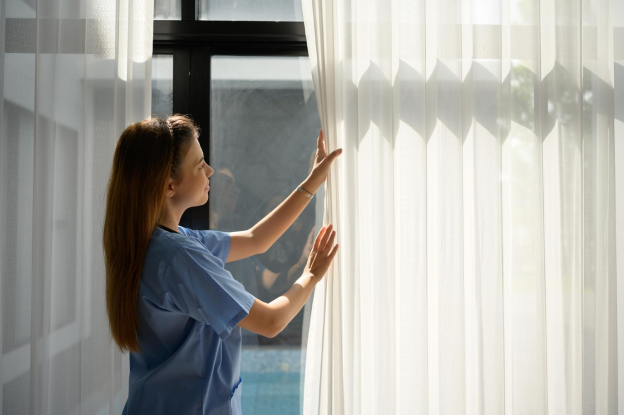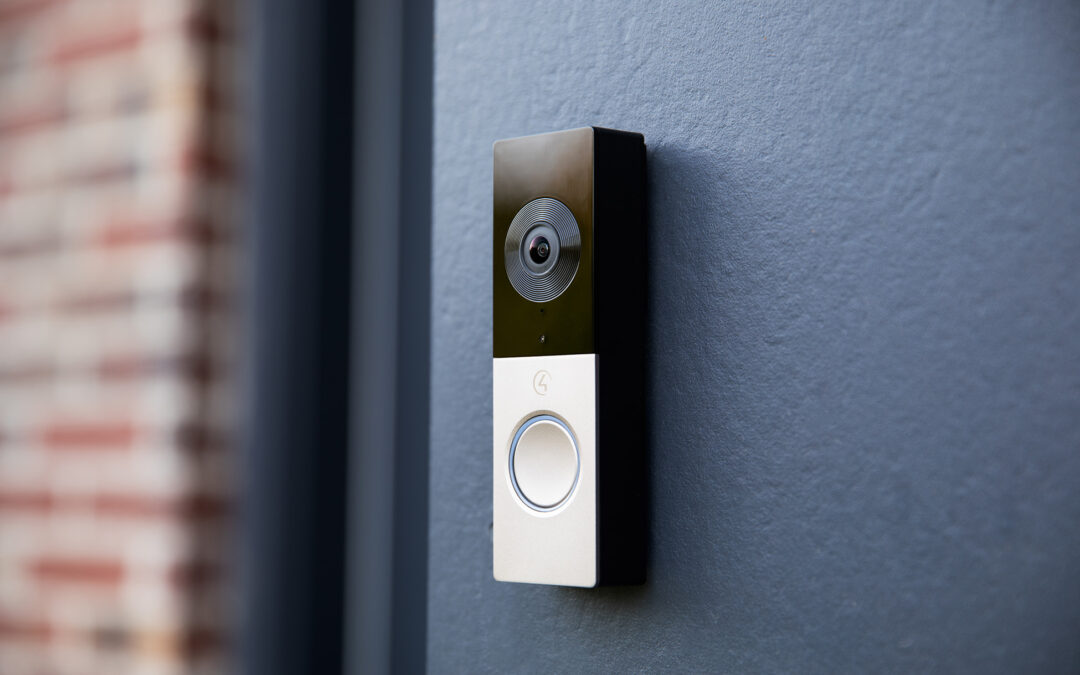Have you ever wondered why your Wi-Fi is slower in a mall food court than in a department store? Or why the signal strength is weaker in some parts of your home? It has to do with the type of wireless technology the area uses.
At Hive, a premier home automation company in Tampa Bay, we install various wireless devices in homes and businesses every day. In addition to installation and operation, our technicians ensure that our clients understand everything about what they have purchased. Hive wants the same for you too.
Wireless networks have become an essential part of everyday life. In this article, we cover:
- What Wireless Access Points Are
- How to Install WAPs
- Product Costs
- How to Know What Works Best for Your Home
What Are Wireless Access Points?
One of the more popular ways to get a wireless network is using a Wireless Access Point (or WAP). These are networking hardware devices that allow other Wi-Fi devices to connect to a wired network.
WAPs extend the wireless coverage of an existing network and router. They connect to the network via Ethernet cables. WAPs are powered using Power over Ethernet (PoE), typically provided by Ethernet network switches. These WAPs emit a wireless signal, usually Wi-Fi or Bluetooth.
You might also recognize WAPs as Wi-Fi Hotspots found in restaurants and parks. Most modern mobile phones also have hotspot functionality.
These devices enable us to wander through large buildings and remain connected to Wi-Fi. As you move out of the range of one WAP, you instantly connect to another WAP. The better quality your WAP, the more seamless this experience can be.
WAPs can handle several devices. But, the more connected devices present, the more bandwidth gets used. Thus, the network slows down. It affects the home as well as public spaces. When several people work from home or attend online school simultaneously, you’ll notice a significant decrease in connectivity.
It is also why places like shops, food courts, and other public spaces have slower internet speeds at peak times. If you enter a shop, you’ll notice they have multiple WAPs located in different areas. Your home should be the same. The bigger the space, the more WAPs you should install.
Alternatives to Wireless Access Points
The standard alternative to wireless is hardwired. These devices rely on wiring into the router for a network connection. When upgrading your home network connection, it is wise not to overload the Wi-Fi signal by making every device wireless.
Hive follows a rule of thumb that if it moves, it is wireless (such as a laptop). But if it is stationary, it should be hardwired (such as a television or security camera). This healthy mix of wired and wireless prevents heavy pressure on the network and creates a more secure home. Read more about the Wired versus Wireless debate in our recent blog.
How Do I Install A Wireless Access Point?
Though it provides a wireless signal, such devices often need hardwiring. You or your installer can connect the WAP to the LAN, or Local Area Connection, via a cable. Once connected, you can connect to several more WAPs, giving you a stronger signal and more freedom for your internet activities.
You could also choose to have a repeater system or signal extender in your home. Unlike WAPs that add to the network, this system splits the incoming signal and divides the bandwidth. If you want an excellent connection on all sides of your house, this is not your best option.
How Much Do WAPs Cost?
Depending on the area size and the required network, WAPs can range from $80 to $1,000. Since it is construction, wireless installation is dependent on hourly labor prices and the extent of the project.
DIY-installed WAPs are at local tech stores like Best Buy. These tend to fall on the cheaper side of the spectrum, but you will have to handle the wiring yourself. Depending on the size of your house and the location of your router, this may be the best option.
If you are moving forward with a smart home installation, your consultant might recommend installing WAPs. Qualified technicians will handle the wiring of the network around your home. It includes marking the most optimal spots around your house. We recommend this for busier homes, where many people will be accessing the network from around the property.
What Works Best For My Home?
It is best to install a few WAPs in a central location away from corners, walls, or other physical obstructions. It boosts signals in every area of the home. Hive recommends one WAP per every 800 square feet.
Are you struggling with your Wi-Fi? If so, then WAP networked into your LAN is an excellent choice. You can have several WAPs installed in your house and get coverage for all your devices in any part of your house. Here is an example of a Hive technician using a WAP in a home in the video below.
If you have questions about WAPs or where they fit best in your home, reach out to a Hive designer for a free consultation. You can reach us at (813) 575-4483 or on our contact page.




